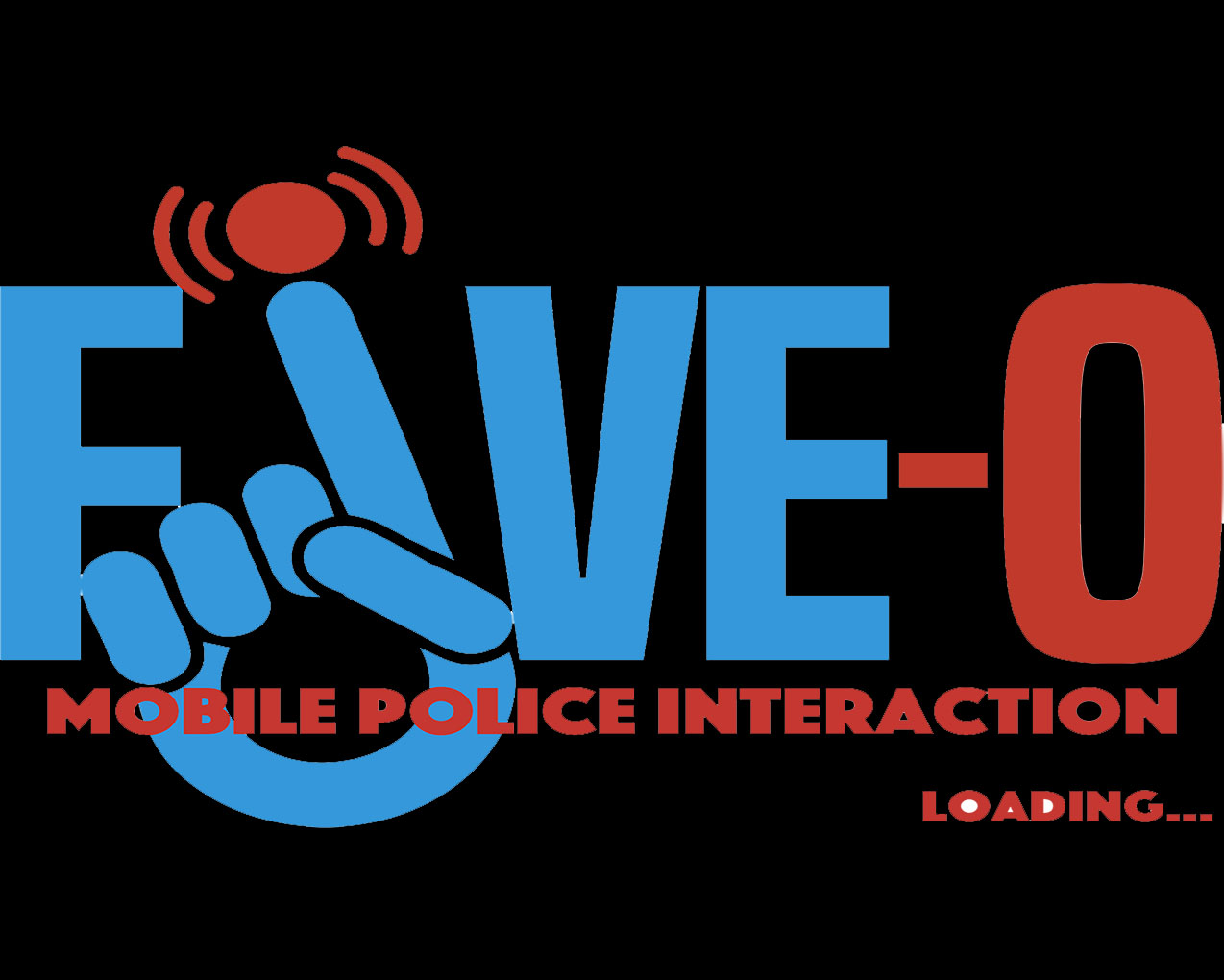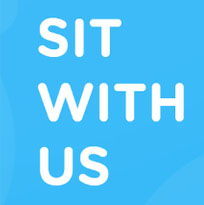“BEYOND WRITING PAPERS” ::: TODAY’S KIDS BUILD APPS AND MORE
Today, a growing number of our students, empowered as so many are are by technology (or even without it)—are realizing that when they see a problem that needs fixing, they can now take matters into their own hands and provide a solution.
More and more frequently, that solution takes the form of a helpful app—relatively simple to make, and very easy to spread. Today we see more and more middle and high school kids writing apps, for use on smartphones, that help make their world a better place. Here are three examples:
-
3 teens in Georgia, whose whole family was unnecessarily “run through the computer” by the cops—even though all acknowledged it was a mistake and the cops had gone to the wrong house—wrote an app, Five-O, for people to rate (à la Yelp!) all their police encounters. The ratings, compiled in the cloud, can later be compared by district and city to determine which police departments appear to do a better job.

-
A 16-year old student in California whose friends were having trouble finding a lunch table where they weren’t bullied, wrote an app called “Sit With Us” to help any kid book a seat at a table (à la OpenTable) where they know they’ll be welcome.

-
A student who experienced domestic violence in her family wrote an app that “listens” (like Alexa), but for specific sounds of domestic violence in the home. When it hears them it calls the police.
